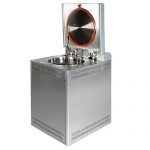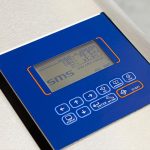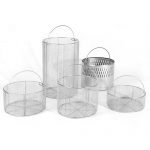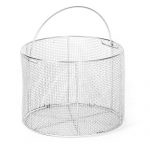The ASL steam sterilizer family is a modern, innovative and very efficient range of sterilizers designed for laboratories and research facilities. An intuitive and easy-to-use control panel, reliability and a wide range of versions make it a popular choice.
Safety
ASL sterilizers have been designed to ensure personnel, sterilizer and load safety. SMS delivers products that meet the highest industry safety standards and directives. This guarantees safety not only for your employees operating the autoclaves but also for your laboratory and the loads being sterilized.
Diversity of load types
Our laboratory autoclaves, manufactured in Poland (European Union), have been designed to provide high quality, repeatable performance for a wide range of applications used in modern laboratories, which include: liquid sterilization, agar preparation, pipette and glass sterilization, biohazard and waste sterilization, instrument sterilization and more.







